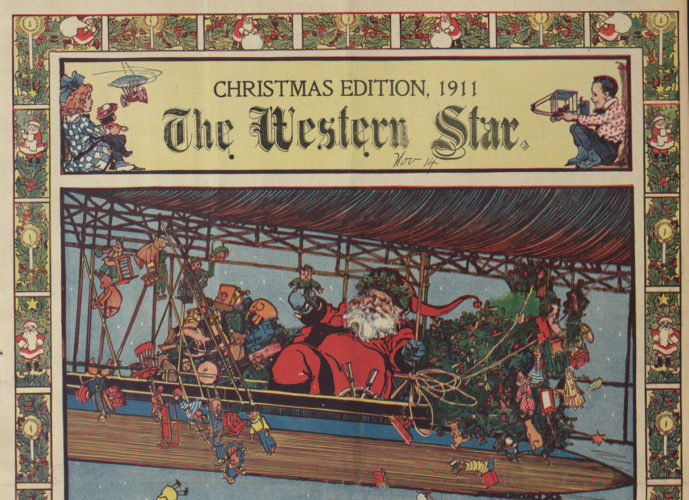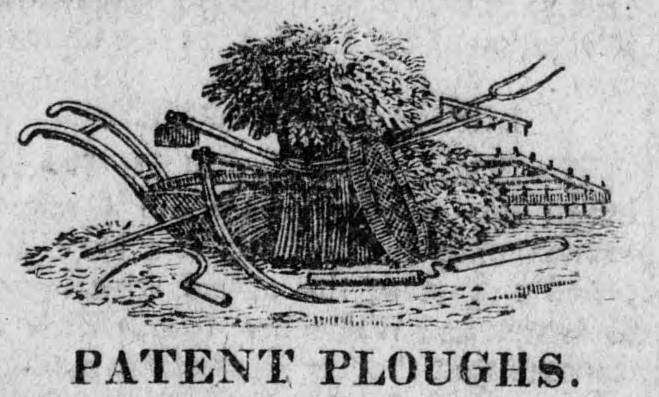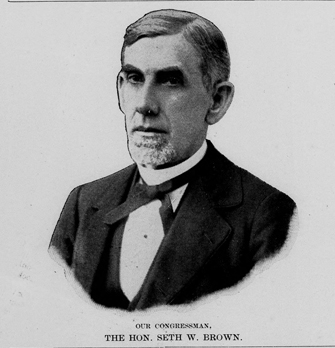Newspapers: A (19th) Century of Change

The Lebanon Western Star, occasionally renamed to the Weekly Western Star or the Western Star and Lebanon Gazette,was a weekly newspaper mainly covering southwestern Ohio. For the last several months, I’ve been helping to collate the bound volumes of the newspaper to prepare it for microfilming. This means paging through each issue, looking for and noting any damage, missing pages or issues, etc.—and of course, occasionally working one of the brain teaser puzzles (often called “enigmas”).

Paging through over a century of a newspaper’s publication has allowed me to see the publication’s changes and developments in a unique way. There is a lot to be gleaned from simply turning the pages. The paper quality changes over time—the early 1800s are on thick, cottony sheets of paper that have withstood two hundred years of handling and storage remarkably well. The paper gets thinner, with less cotton content gradually through the end of the 19th century, and by 1900, I was handling each page with the lightest touch possible, because even turning the page could cause the bottom of the page to split and tear.
Looking at the publication issue by issue, I got a much clearer sense of when and how graphic representation methods in newspapers changed throughout the 19th century. From the early 19th century, woodcut and lithograph illustrations became increasingly refined and abundant in the paper, used mostly in advertisements and sometimes to portray persons or places of note.

I knew that photography was “coming of age” in the 1850s and ‘60s, so I began to look for chilling photographs of scenes from the Civil War printed in the paper, similar to the way we see the images of war-torn places next to articles in the New York Times. But there weren’t any. I realized that there was a missing link: photo-lithography, the method used to print photographic images on the paper, wouldn’t be fully developed enough to reach the Western Star until the 1890s. The first photograph printed in the Western Star appears in 1897; subsequently, photographs are few and far between in the paper, reserved for special issues or events, until the 1910s. The development of the use of photography, among many other qualities of the paper, made me realize that my experience of newspapers is situated in a particular time and place; what is quotidian for me, such as a photograph, would be extraordinary to a 19th century Ohioan.
Being able to handle these old newspapers and explore their physical qualities was a rich, rewarding process. Though I savored the experience, the incremental physical damage to the paper from simply turning the page became apparent—as well as the need for the preservation measures that are part of this project. The result of our work on the Western Star is a microfilmed version of the paper, and a digital version available through Ohio Memory. Though the digital version lacks the aspect of being able to examine the tactile qualities of the paper, the benefits of digitization are several-fold. We no longer risk the incremental physical damage that comes from the paper being handled, and the microfilmed format creates another highly stable version of newspaper; stored in the right conditions, microfilm can last 500+ years. The online version increases the newspaper’s accessibility exponentially, and with Optical Character Recognition (or OCR) technology, users can search the whole span of the newspapers’ content without having to page through a century’s worth of newsprint—however fascinating that process may be!
Thanks to Hilary Gunnels, Digital Services volunteer, for this week’s post! Hilary is a graduate student at Louisiana State University’s School of Library and Information Science.
The Lebanon Western Star collection is part of the Alleen Stephenson Digital Newspaper Project, which is sponsored and maintained by the Warren County Genealogical Society.
Sources:
- “The Civil War as Photographed by Mathew Brady” from National Archives and Records Administration (2016)
- “The History of Lithography” from University of Houston (n.d.)
- “Microfilm and Microfiche” from Northeast Document Conservation Center (2007, 2017)



Leave a Reply
You must be logged in to post a comment.